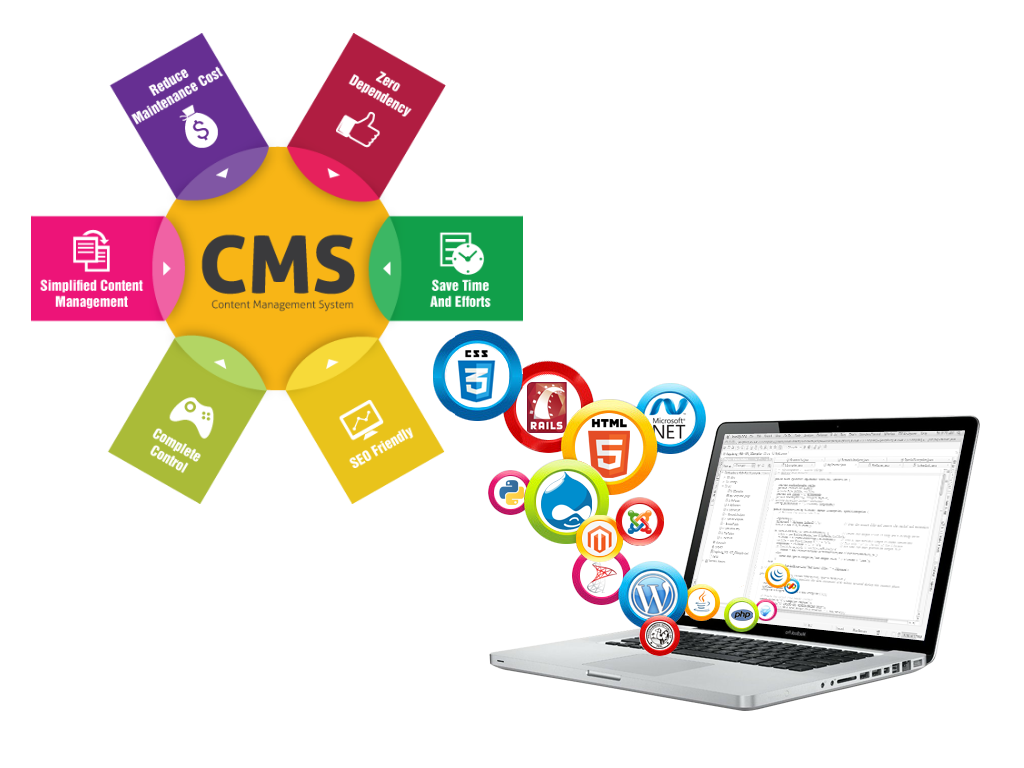A Component Content Management System (CCMS) is a platform that allows content management at a component level. A component can be any piece of the final deliverable puzzle — a single word, a series of paragraphs, an image, a video, etc. A CCMS tracks links, versions, and metadata associated with each component, giving you granular control of your content. With the power of an efficient CCMS you can:
Reuse content instead of re-writing or copying and pasting
Manage content as individual paragraphs and words instead of pages or documents
Support single-sourced versioning, so there is one governing content source
Translate and track updates to translated content
Access multi-channel publishing into any output format or system
…and much more!
A CCMS vastly differs from a Content Management System (CMS). A CMS tracks content as deliverables, such as documents, pages, or posts, and formatting is applied while the document is being created. Within a CCMS, content is managed as pieces of documents or other media that can be used to assemble any number of deliverables.
A website is a collection of publicly accessible, interlinked Web pages that share a single domain name. Websites can be created and maintained by an individual, group, business or organization to serve a variety of purposes.
Together, all publicly accessible websites constitute the World Wide Web.
Although it is sometimes called “web page,” this definition is wrong, since a website consists of several webpages. A website is also known as a “web presence” or simply “site”.



